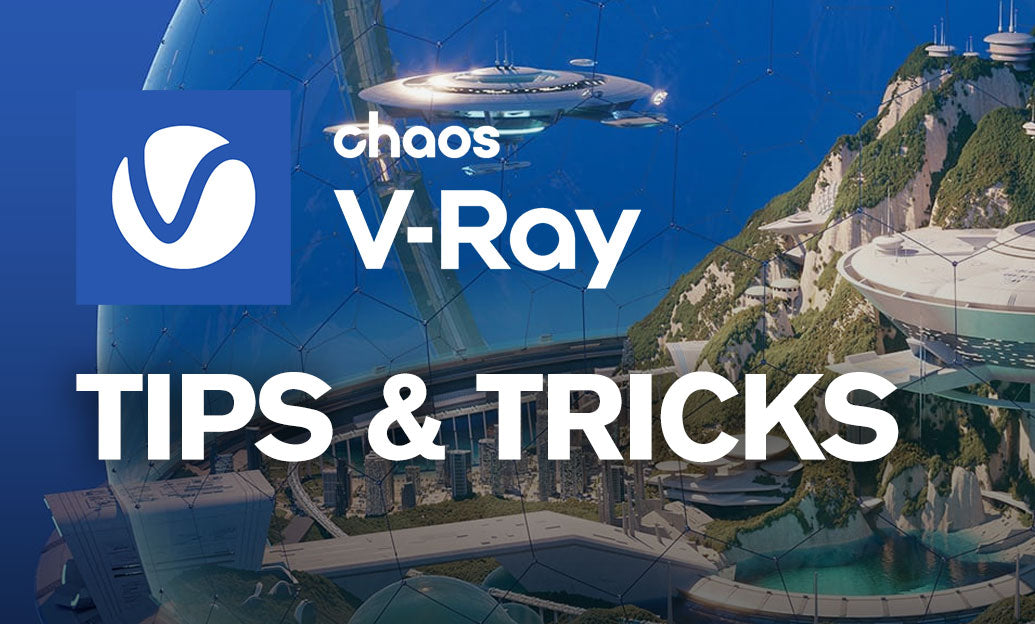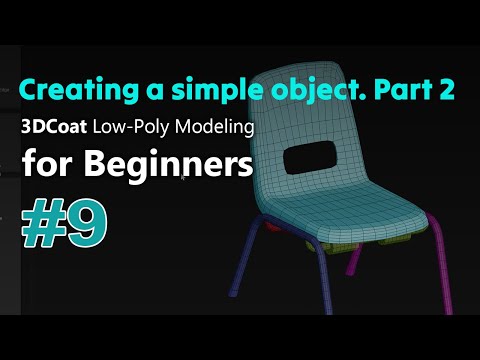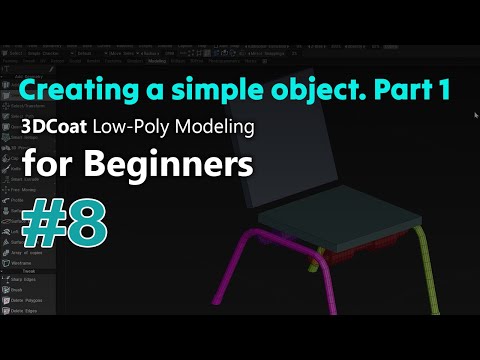Your Cart is Empty
Customer Testimonials
-
"Great customer service. The folks at Novedge were super helpful in navigating a somewhat complicated order including software upgrades and serial numbers in various stages of inactivity. They were friendly and helpful throughout the process.."
Ruben Ruckmark
"Quick & very helpful. We have been using Novedge for years and are very happy with their quick service when we need to make a purchase and excellent support resolving any issues."
Will Woodson
"Scott is the best. He reminds me about subscriptions dates, guides me in the correct direction for updates. He always responds promptly to me. He is literally the reason I continue to work with Novedge and will do so in the future."
Edward Mchugh
"Calvin Lok is “the man”. After my purchase of Sketchup 2021, he called me and provided step-by-step instructions to ease me through difficulties I was having with the setup of my new software."
Mike Borzage
V-Ray Tip: Optimizing Complex Scenes in V-Ray: Essential Tips for Enhanced Workflow and Render Efficiency
April 22, 2024 2 min read

When working with complex scenes in V-Ray, efficient scene management can drastically enhance your workflow and render times. Today, we're bringing you a tip that will help streamline your rendering process.
- Organize Your Assets: Keep your scene tidy by using layers or groups. This makes it easy to hide or unhide multiple objects at once, and it's especially handy when it comes to rendering specific elements.
- Use Proxies: For heavy geometry like trees and furniture, use V-Ray proxies to reduce the load on your scene. Proxies allow you to have a simplified representation in your viewport while maintaining the detail in your render.
- Optimize Textures: Large textures can consume a lot of memory. Where possible, scale down your textures and use formats like .jpg or .png. Consider using V-Ray's built-in 'Multi-Texture' map to randomize textures and save memory.
- Scene States: V-Ray's Scene States allow you to save different configurations of your scene. This is perfect for quickly switching between different setups without having to manually adjust settings each time.
- Deferring Subdivisions: Use the ‘Global Subdivision’ multiplier in the V-Ray settings to manage subdivisions for displacement and geometry at render time, keeping your viewport responsive during design iterations.
- Instancing: When duplicating objects, use instances instead of copies. This will lower the memory footprint since V-Ray will only calculate the geometry once, and it will be repeated in the render.
- Rendering Regions: If you only need to render a small portion of your scene, use the 'Render Region' tool to focus your rendering power on that specific area, which will save time.
- Use the V-Ray Frame Buffer: The VFB's history function can keep track of your renders, which allows you to compare changes quickly without having to re-render the entire scene.
- Decimate Geometry: If certain objects in your scene are not visible or are far away from the camera, consider reducing their polygon count.
- Batch Render: Use the V-Ray batch render tool to manage multiple renders at once without having to start each one manually.
Implementing these strategies can make working with complex scenes in V-Ray more manageable and efficient. For more detailed information on V-Ray, be sure to check out NOVEDGE.
You can find all the V-Ray products on the NOVEDGE web site at this page.
Also in Design News
Subscribe
Sign up to get the latest on sales, new releases and more …





